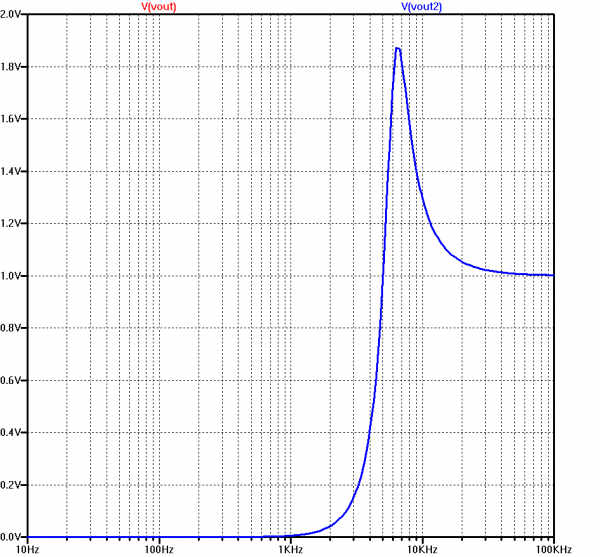- What are the rationales behind symmetrical crossovers, if any?
- Are there specific demands on the power amplifier driving speakers with symmetrical crossovers with this slope or will they relieve the amp in any way?
- Advantages / Disadvantages (apart from being expensive) with symmetrical crossovers?
I have been working for 28 (29 now) days straight and have only been a "fly-by" poster. It seemed like others were answering adequately? Here are my quick off-the-cuff comments:
- Equal roll-off either side helps match phase and frequency. Specific topologies, like Linkwitz-Riley, help eliminate the voltage "bump" often seen in crossovers.
- Filter designs are typically simpler if the slopes and frequency of each filter stage are symmetric. A bandpass design is often simpler than individual low and high pass filters asymmetric designs may require. Bear in mind there are a myriad of filter topologies to choose from, some more complex than others, but with desirable (or not) features for different applications (linear phase, equiripple, no ripple, steep rolloff with minimal in-band magnitude and/or phase variation, etc.) Filter design is a several courses in grad school (at least where I went and took the classes).
- The demands on the power amplifiers relate to much more than just filter slopes. That said, impedance dips are the bane of many power amps. A symmetric or asymmetric filer may reduce such dips but it depends highly upon the driver (speaker component) and cabinet parameters in addition to the crossovers. I do not believe there is a simple answer. Nor am I sure it really matters.
- Asymmetric filters cannot share elements (components) between LF and HF sections as readily as symmetric so in general are likely to be more complex, larger, and more costly than a symmetric filter. But, if the order of one side is lower, then that side will be simpler/smaller. Again, lot of variables, no pat answer.
I have had speakers with symmetric and asymmetric crossovers. I listen and sometimes measure, not sure I ever really paid attention to the crossover in isolation. Speakers don't work that way; it's a system and all parameters must be optimized to provide the desired sound. Interaction among drivers, cabinet, and crossover determines what trades will be made (along with cost, size, all the usual stuff). I do not think there is a simple answer for anything like this.
IME/IMO - Don
edit: Forgot to discuss potential sonic effects...
Drivers can have different dispersion patterns and different rolloffs themselves. The rolloff is also influenced by the cabinet, mostly its volume and ported vs. sealed for (sub)woofers, somewhat volume for midrange drivers, and the baffles (front panels) influence the dispersion for mids and tweeters. All that also plays into how the crossover is chosen. If you transition across fairly different drivers, the sound can change significantly, so you might want a wider transition region (symmetric or not) to reduce the image wander and change in sonic character that results. If you transition rapidly from a wide-dispersion woofer to a beamy little tweeter, the sound and image will change abruptly. If the drivers are well-matched sonically (not good or bad, a choice), then a smaller transition band may work better.
Far too many trades for a simple answer...
Disclaimer: I am not a speaker designer. This is far from my area of expertise. Hopefully one will chime in to present the real story.


















